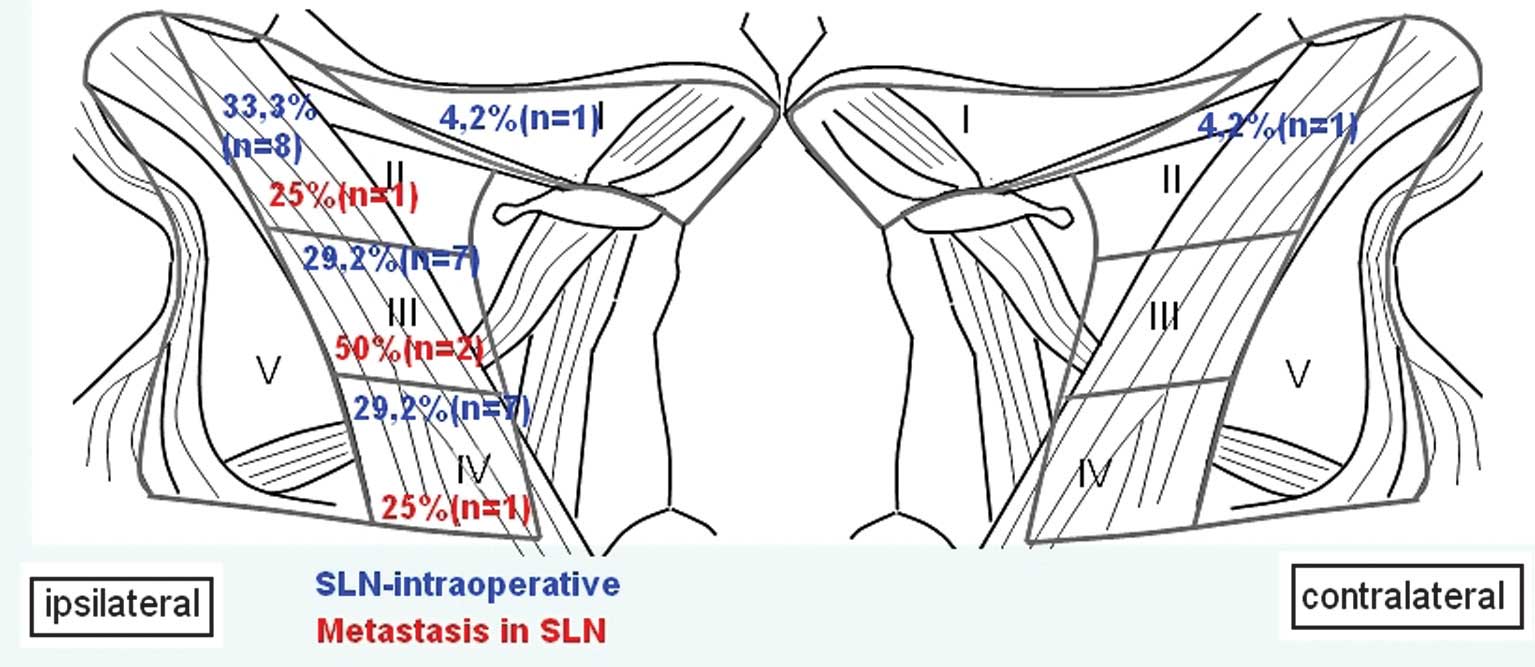

Its task makes it vulnerable to the various kinds of malignancies. It is the junction where incoming lymph is introduced back into the venous circulation through the left subclavian vein. A lymph node just above the left clavicle is known as Virchow’s node and is the most important node in the transit of lymph from the abdomen. Supraclavicular lymph nodes oversee transport of the lymph from the thoracic cavity and abdomen. These are present in the hollow of the clavicle (collarbone) and close to where it joins sternum. The lymph is drained to submandibular lymph nodes and to deep cervical group. These are located immediately below the chin and are responsible for flushing lymph from the tip of the tongue, middle of the lower lip and the central incisors. In most of the cases, it is due to tuberculosis, human herpes virus 5, STD, bacterial infection, cat-scratch disease or Epstein-Barr virus. Infections of eyes, head, scalp, neck, pharynx, sinuses and ears, in general are the prominent causes of swelling of submandibular lymph nodes. They also transport lymph from mandibular teeth (except central incisors), maxillary anterior, bicuspid and molars (first and second). They forwards the lymph from the floor of the mouth, tonsillar and pharyngeal (posterior) parts. These are situated right below and on either side of your jawbone. Submaxillary or Submandibular Lymph Nodes Most often these succumb to respiratory tract infections. These are present at the back of your neck, along a line between the Mastoid section of the temporal bone and the clavicle and lies behind the sternocleidomastoids and in front of trapezius. These are further divided into Prelaryngeal, Thyroid, Pretracheal, Paratracheal. These are tasked with processing the lymph from the throat, pharynx and glands such as tonsils and thyroid. These are located directly above and beneath the muscle (sternocleidomastoid) which enable you to flex and swivel your head. The following are a few of the node groups that are found in this area. In case of children, nature takes special care of awarding them with larger nodes.Īs many as 300 nodes are found in the neck area and collectively, these are called cervical lymph nodes. Lymph nodes in the neck, in cooperation with the rest of the nodes present in the body, filters the lymph in order to combat pathogens such as, bacteria and viruses present in the lymph. The lymph is carried from interstitial spaces via capillaries, ducts and nodes, back to the blood circulatory system. It gets collected in spaces known as interstitial spaces which exist between the body tissues. It is a one-way network of lymph capillaries, lymph ducts, lymph nodes and special organs such as the spleen, tonsils, adenoids, appendix, thymus glands and bone marrow.ĭuring blood circulation, a small part of it seeps through the walls of the blood vessels in the form of clear, colorless liquid called lymph. This system is an important part of the body’s defense mechanism against foreign bodies.

They are distributed throughout the body, except the nervous system. These are a part of the lymphatic system. Concentration of these nodes is higher in the groin, under the armpits and on both sides of the neck.

The lymph nodes are bean-shaped organs that contain lymphocytes, a type of white blood cells.


 0 kommentar(er)
0 kommentar(er)
